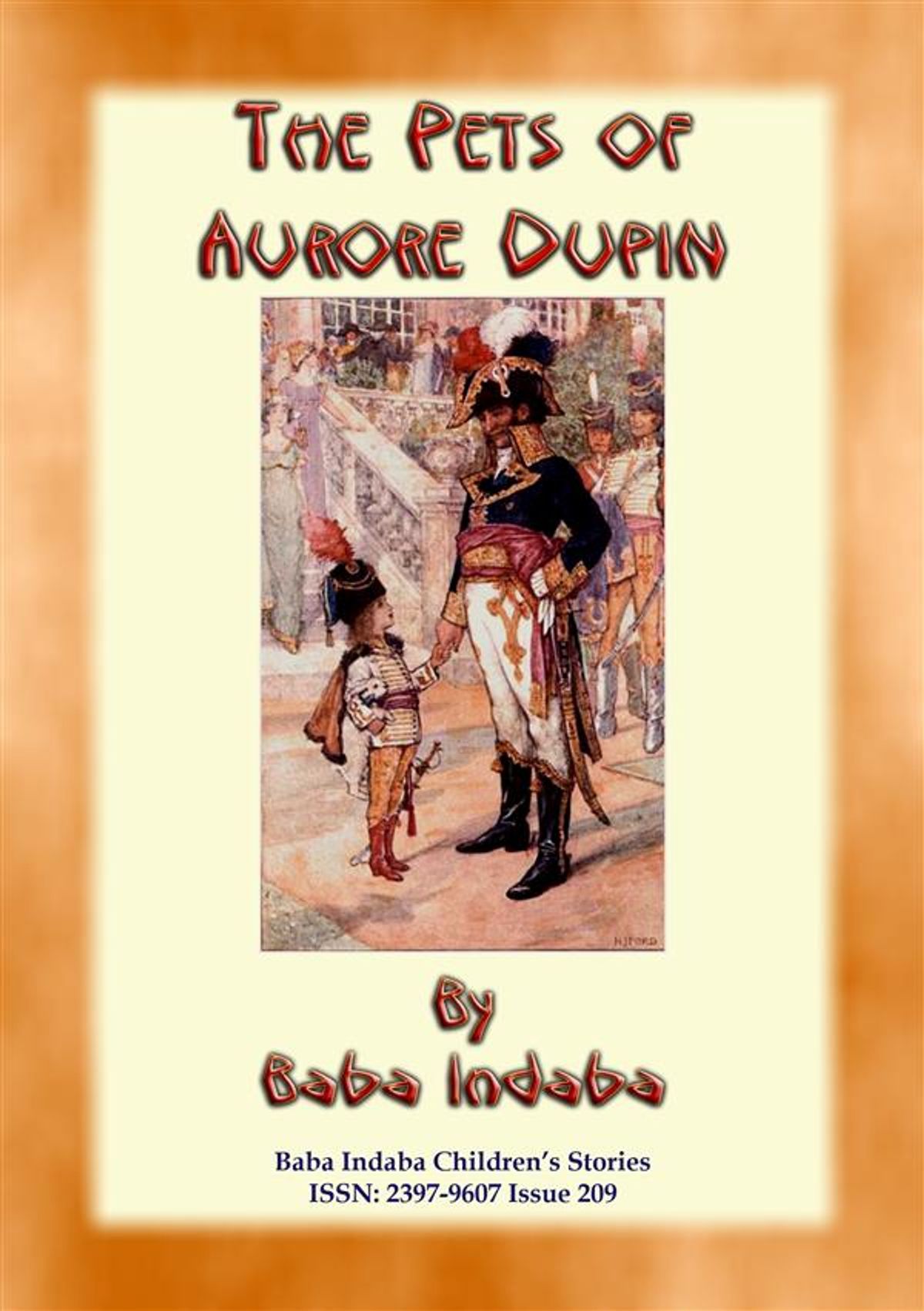
His conclusion is that further investigations might confirm the veracity of his speculations, but we do not know if these theories are valid or not. He draws up a list of what might be the solution(s) to the mystery. We do not know if Dupin’s interpretation of events is correct or not. There is a missing third part to the story which makes itself quite noticeably felt. Dupin examines all the evidence related to the crime – then speculates on possible explanations.Marie Roget disappears, then her corpse is found in the Seine – everyone is baffled by the problem.The structure of the story then follows in essentially two parts – the presentation of the evidence, then the analysis of the facts. Dupin is then landed with the difficult problem of a crime which the police cannot solve. An un-named narrator presents the hero-detective Dupin as a somewhat world-weary bohemian with an outstanding intellect. The story follows the formula Poe devised for The Murders in the Rue Morgue. The original murder was never really solved – which is perhaps why Poe leaves his story technically ‘unfinished’. Marie Roget is based on a real-life crime that took place in New York City in 1841 when the corpse of a young girl called Mary Rogers was found floating in the Hudson River. This intellectual super-sleuth made his first appearance the year before in The Murders in the Rue Morgue and appeared for the last time in Poe’s 1844 story, The Purloined Letter.

The Mystery of Marie Roget (1842) is Edgar Allan Poe’s second story featuring his philosophic amateur detective the Chevalier C. Early poetic verses found written in a young Poe’s handwriting on the backs of Allan’s ledger sheets reveal how little interest Poe had in the tobacco business.Tutorial, commentary, study resources, and web links Allan would rear Poe to be a businessman and a Virginia gentleman, but Poe had dreams of being a writer in emulation of his childhood hero the British poet Lord Byron. Within three years of Poe’s birth both of his parents had died, and he was taken in by the wealthy tobacco merchant John Allan and his wife Frances Valentine Allan in Richmond, Virginia while Poe’s siblings went to live with other families. His other brother William Henry Leonard Poe would also become a poet before his early death, and Poe’s sister Rosalie Poe would grow up to teach penmanship at a Richmond girls’ school. The real Poe was born to traveling actors in Boston on January 19, 1809. But much of what we know about Poe is wrong, the product of a biography written by one of his enemies in an attempt to defame the author’s name. He is seen as a morbid, mysterious figure lurking in the shadows of moonlit cemeteries or crumbling castles. Just as the bizarre characters in Poe’s stories have captured the public imagination so too has Poe himself. Poe’s reputation today rests primarily on his tales of terror as well as on his haunting lyric poetry. He is widely acknowledged as the inventor of the modern detective story and an innovator in the science fiction genre, but he made his living as America’s first great literary critic and theoretician. This versatile writer’s oeuvre includes short stories, poetry, a novel, a textbook, a book of scientific theory, and hundreds of essays and book reviews.

His works have been in print since 1827 and include such literary classics as The Tell-Tale Heart, The Raven, and The Fall of the House of Usher. The name Poe brings to mind images of murderers and madmen, premature burials, and mysterious women who return from the dead.


 0 kommentar(er)
0 kommentar(er)
